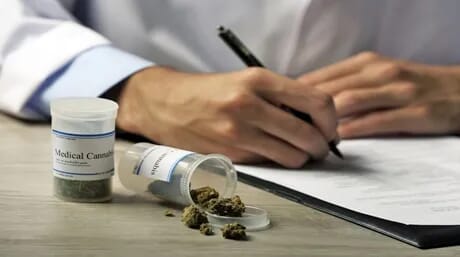Spring is about renewal and beauty – so why not use this time to refresh your look and wardrobe?
Winter is behind us and temperatures rising. It is time to move from heavier winter clothing to lighter, warmer-weather pieces. And maybe adding some brighter colors and lighter fabrics. But what about a refresh of your look also? While it is hard to pinpoint an exact number, a significant portion of people according to retail research, feel they need new clothes and are actively updating their wardrobes. But do you need to have to look for you? Her are the best tips to update your wardrobe.
RELATED: Tips To Develop A Better Morning Routine
We asked Harmony Arnold, an image consultant and wardrobe stylist with over two decades of experience enhancing personal and professional image, what do when looking into your closet. With an extensive background in costume design for film, theatre, commercial advertising, and emerging mediums like VR, Harmony brings a nuanced understanding of how visual storytelling influences perception and leadership. Arnold works with executives, public figures, tech and creative professionals.

Take a Hard Look at Your Go-To’s
We all have a uniform—did you know most people wear only 10% of their wardrobe on repeat? It’s time for a spring-clean refresh! Keep what makes you feel confident, retire the worn-out pieces, and swap in elevated essentials that work for you. For men, that might mean reassessing your favorite jeans and tees—are they still in great shape, or are they past their prime? Upgrade to well-fitting denim, fresh button-downs, and structured casualwear that feels effortlessly put together.
Make Sure It Fits Like a Dream
Even the best clothes fall flat if they don’t fit just right. Tailoring is your secret weapon, whether it’s hemming your trousers, wearing a blazer, or making sure your shirts skim—not cling to—your frame. A fitted (not tight) Oxford shirt, properly tapered chinos, and a blazer that defines your shoulders will instantly elevate your style and get you noticed.
Invest in Forever Pieces
Think of your wardrobe as a curated collection—fewer, better pieces make getting dressed effortless. For men, this means a great pair of dark denim, a versatile, well-tailored blazer, and crisp white or neutral button-ups with a proper hemline. A well-made leather sneaker or a classic loafer can seamlessly take you from casual outings to business casual settings.
RELATED: The Science Behind Why Music Sounds So Much Better When You’re High
Lighten Up & Layer Like a Pro
Say goodbye to heavy winter fabrics and hello to easy-breezy layers! Swap out your wool suits for lightweight cotton or linen versions. A lightweight jacket or an unstructured blazer is a great way to add polish without overheating. Looking to refresh your palette? Soft blues, sage greens, and light neutrals are easy ways to bring a seasonal update without straying too far from what you grab in the fall and winter seasons.
Accessorize Like You Mean It
Nothing transforms a look faster than the right accessories. Swap out your wintery dark leather belt and shoes for lighter tans or soft suedes. Consider a woven belt for a relaxed but polished feel. A statement watch, an upgraded pair of sunglasses, or even a well-chosen pocket square can bring personality to your look without going over the top. (Hint: Accessories are also the easiest way to dip into a new vibe without a complete wardrobe overhaul!).

 Cannabis News2 years ago
Cannabis News2 years ago
 One-Hit Wonders2 years ago
One-Hit Wonders2 years ago
 Cannabis 1012 years ago
Cannabis 1012 years ago
 drug testing1 year ago
drug testing1 year ago
 Education2 years ago
Education2 years ago
 Cannabis2 years ago
Cannabis2 years ago
 Marijuana Business Daily2 years ago
Marijuana Business Daily2 years ago
 California2 years ago
California2 years ago



























